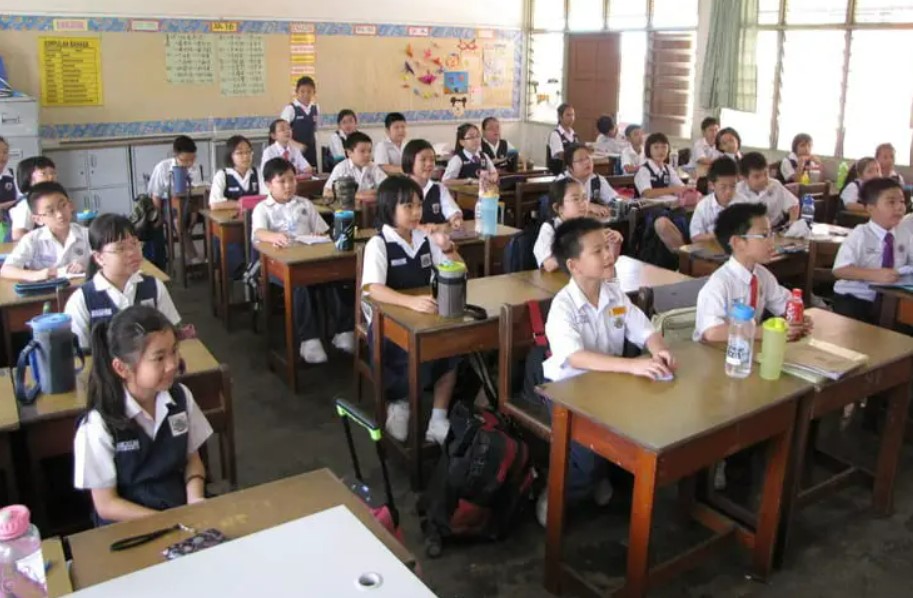PUBLIC Bank Bhd and Hong Leong Bank Bhd have excelled in the CGS-CIMB’s latest stress test which assesses the defensiveness of banks against credit risks.
Moreover, outcome from the research house’s new scoring methodology also shows that the assumed doubling of gross impaired loan (GIL) in 2021F will have a limited impact on both banks’ FY2021F net profit.
“The total scores for Public Bank and Hong Leong Bank are the highest at 37-38 points (maximum 40 points) versus 10-24 points for the other banks, a clear indication that both banks are potentially the most defensive against any increase in the industry’s GIL in CY2021F arising from the COVID-19 outbreak,” revealed analyst Winson Ng in a banking sector update.
The findings are intended to address market concerns about the expected rise in GIL in CY2021F. It also includes estimating collateral coverage and provision buffer against future GIL.
Earlier, the research house has ranked eight Malaysian banks under its radar by five indicators to assess their defensiveness against credit risks.
The indicators are (i) the peak GIL ratio in the past 20 years (2000-2019) (banks with lowest peak ranked at the top and vice versa); (ii) collateral coverage; (iii) loan loss coverage (including regulatory reserve); (iv) total buffer coverage; and (v) percentage of loan exposure to residential mortgages.
Additionally, CGS-CIMB Research also ran stress tests on banks’ FY2021F net profits (FY2022F for AMMB Holdings Bhd and Alliance Bank Malaysia Bhd) assuming that (i) the GIL ratios are doubled at end-December 2021F from the levels at end-June 2020; and (ii) banks maintain a loan loss coverage (including regulatory reserve) of 80% as of end-December 2021F.
The results from the stress test show the impact would be the smallest on the FY2021F net profits for three banks, namely Public Bank, Hong Leong Bank and BIMB Holdings Bhd as the total provision buffer of these banks can cover the additional provisioning from the doubling of their GIL ratios.
On the overall, the findings by CGS-CIMB Research reveal that collateral coverage for banks under its coverage is strong at an average of 79.3% in FY2021-2022F while banks’ provision buffer can cover up to 80.5% of a rise in GIL (from the end-June 2020 level).
“The banks’ robust coverage gives us comfort to retain our ‘overweight’ rating on the sector despite the expected rise in GIL in 2021F,” opined the research house.
“A potential rerating catalyst for banks is the projected rebound in net profit growth to 14.8% in 2021F while the potential downside risks would be higher-than-expected 2021F GIL and provision.” – Nov 19, 2020










